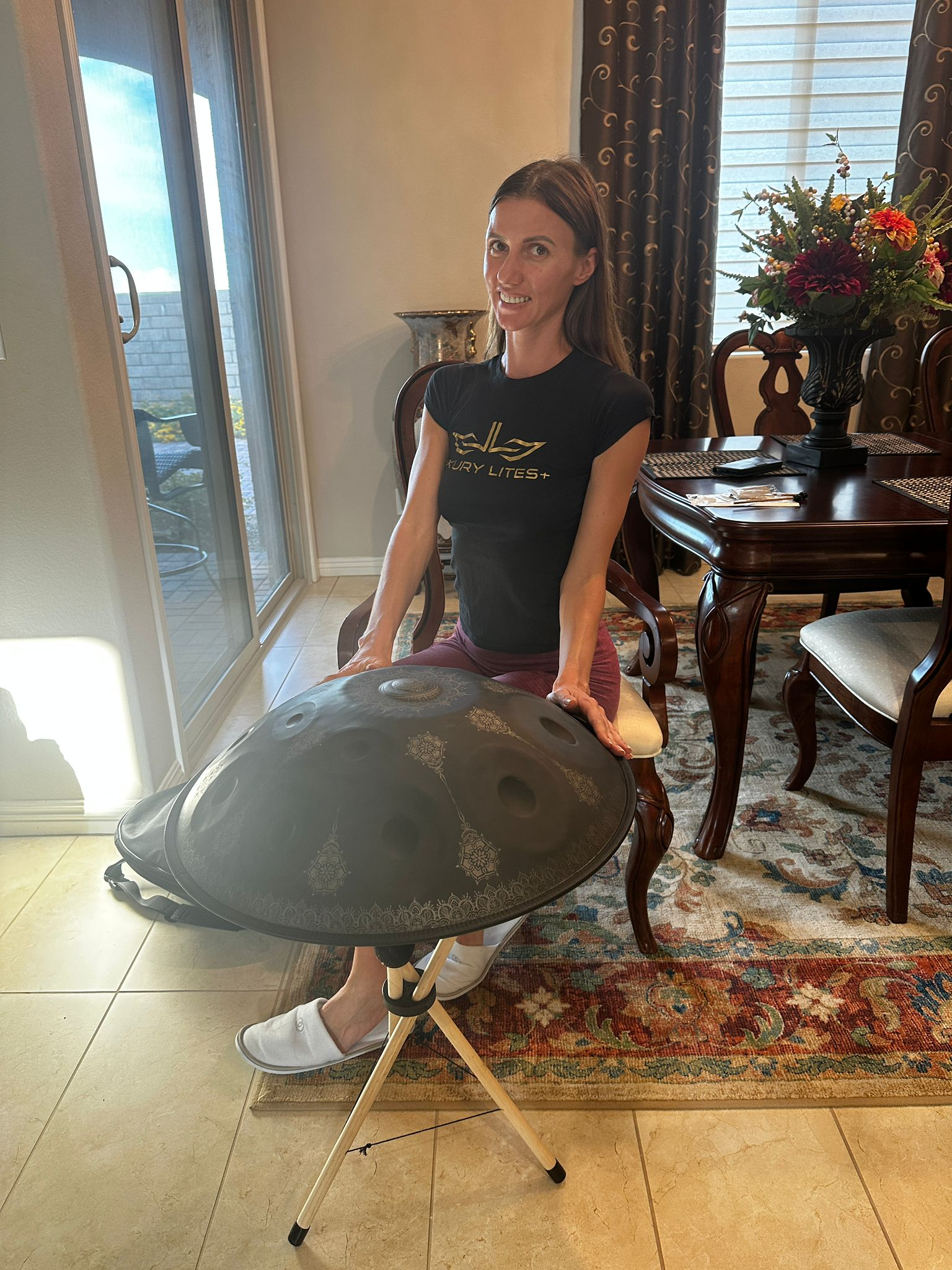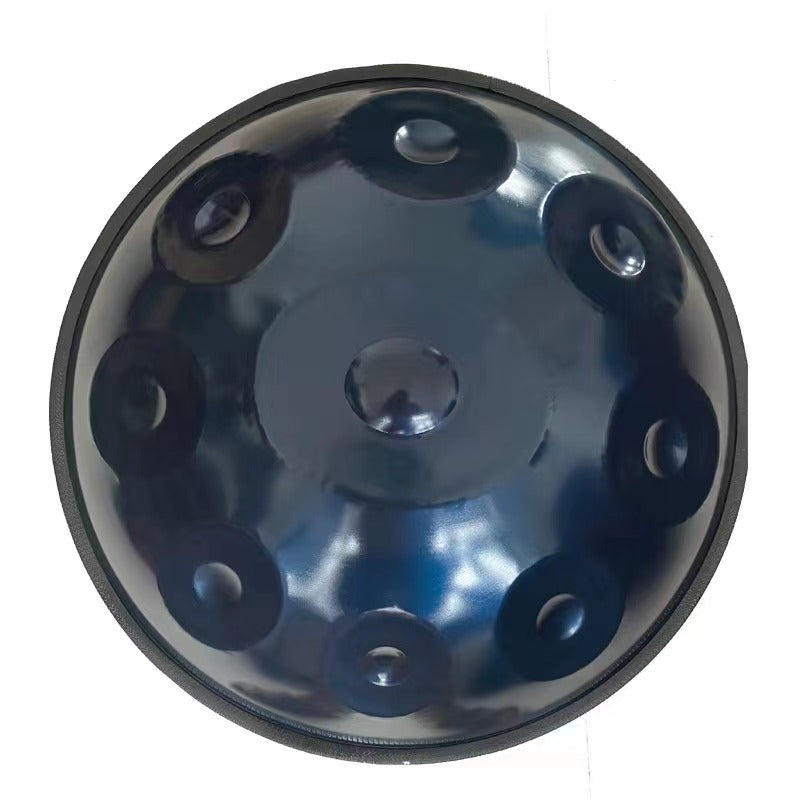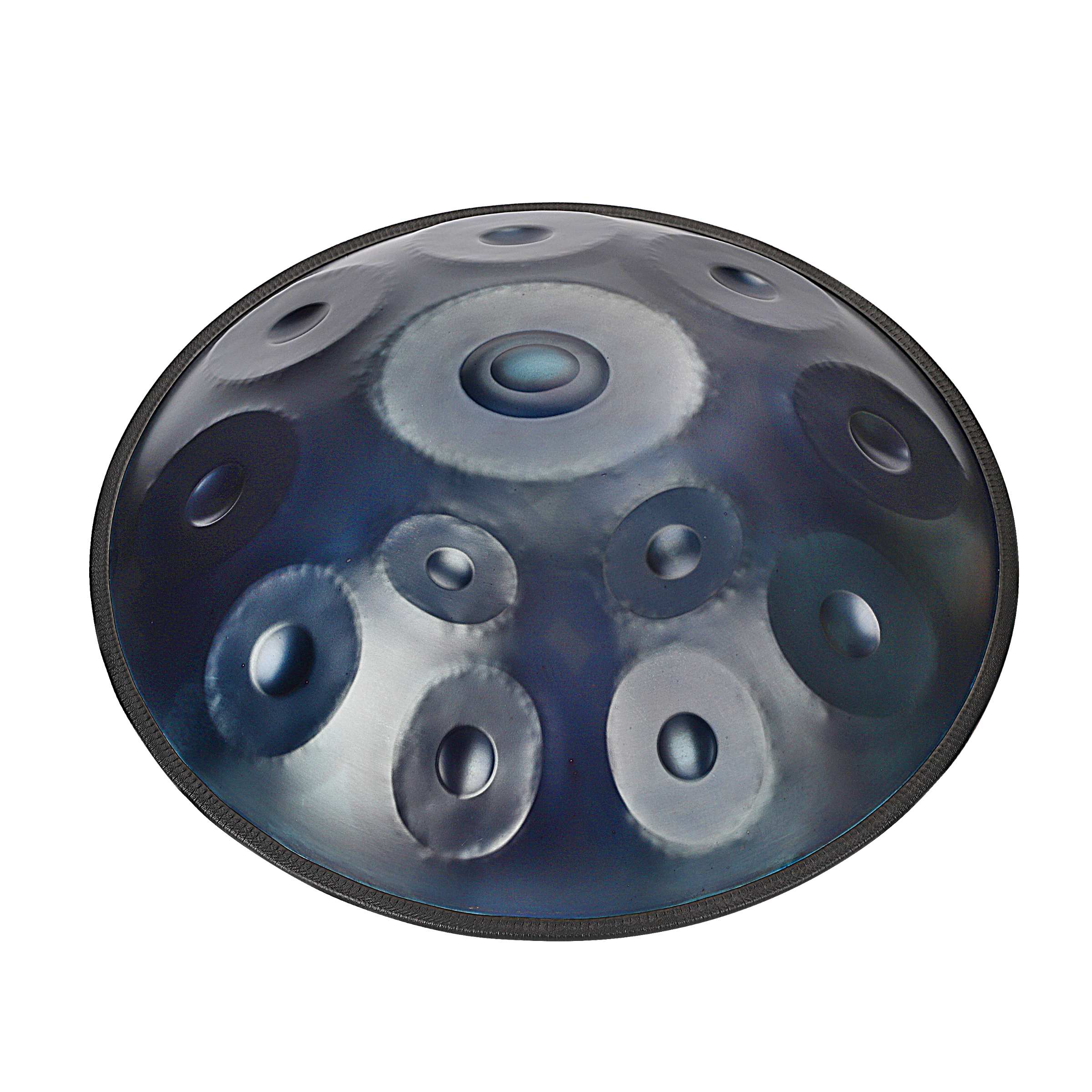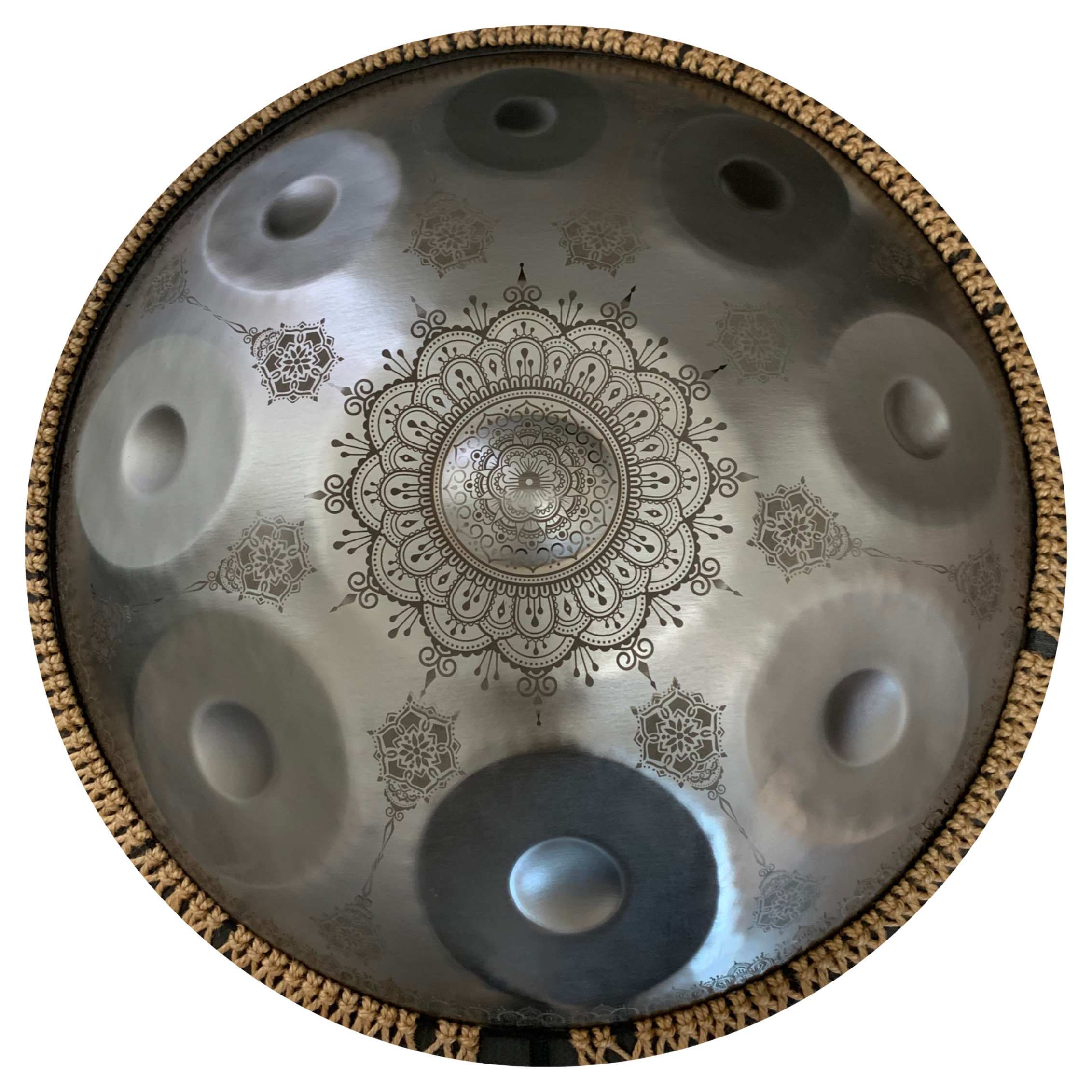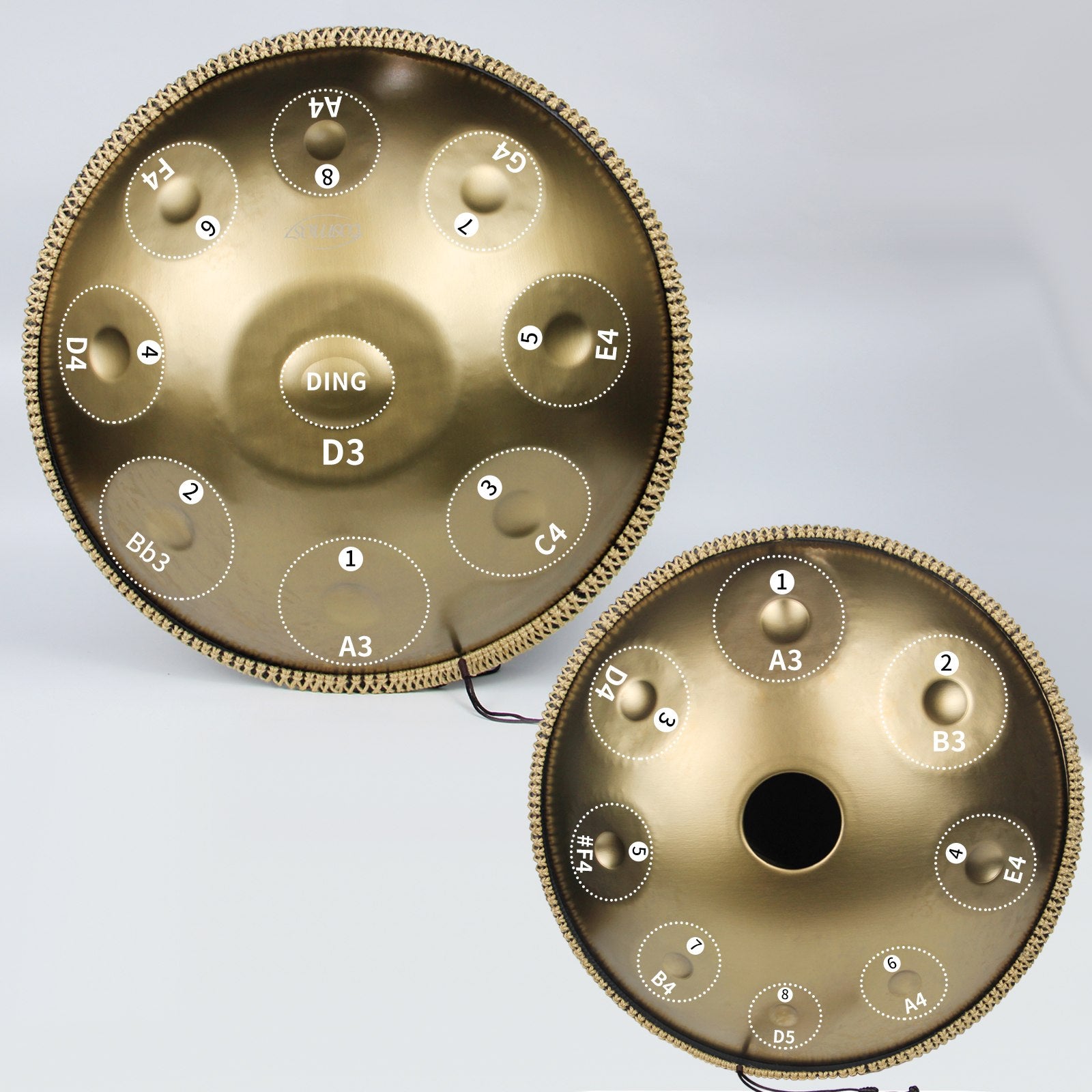The handpan, with its enchanting melodies and captivating sound, has gained a devoted following in the world of music. If you're considering buying a handpan, there are several essential factors to keep in mind to ensure you make an informed decision. In this guide, we'll explore the key things you must know before purchasing a handpan.
1. Understand the Handpan
Before diving into the buying process, it's crucial to have a solid understanding of what a handpan is:
-
Design: Handpans are typically round, concave, steel percussion instruments with multiple tone fields on the top surface. Each tone field produces a unique note when struck.
-
Sound: Handpans produce harmonious and meditative sounds. Different handpans are tuned to various scales, each with its distinct musical character.
2. Quality Matters
The quality of a handpan plays a significant role in its sound and longevity. Here are some factors to consider regarding quality:
-
Craftsmanship: Look for handpans crafted by skilled artisans who pay attention to detail in shaping, tuning, and finishing the instrument.
-
Materials: High-quality steel is essential. The thickness and quality of the steel, as well as the heat treatment process, impact the sound and durability of the handpan.
3. Choose the Right Scale
Handpans come in a variety of scales, each offering a unique set of notes and harmonies. Consider what kind of music you want to create and choose a handpan with a scale that resonates with your style. Popular scales include D Major, C Major, and A Minor, but there are many others to explore.
4. Price vs. Quality
While affordability is important, it's equally crucial to balance price with quality. Extremely low-priced handpans may not deliver the sound and build quality you desire. Be prepared to invest in a handpan that offers a reasonable balance between cost and craftsmanship.
5. Research Handpan Makers
Reputable handpan makers often produce instruments of exceptional quality and sound. Here are some tips for researching handpan makers:
-
Read Reviews: Look for reviews and testimonials from handpan players who have experience with specific makers.(Check out what our customers are saying about us)
-
Ask for Recommendations: Seek recommendations from experienced handpan enthusiasts or players. They can provide insights into trusted makers.
6. Consider Secondhand Options
If you're on a budget or looking for a unique find, consider exploring the secondhand handpan market. Many reputable handpan enthusiasts sell their instruments, and you might find a well-maintained handpan at a reasonable price.
7. Attend Handpan Gatherings
Handpan gatherings and festivals provide an excellent opportunity to connect with handpan players and makers. You can try out different handpans, get hands-on advice, and even purchase directly from makers at such events.
Conclusion
Purchasing a handpan is a rewarding endeavor, but it requires careful consideration. Understanding the instrument, prioritizing quality, choosing the right scale, and researching handpan makers are essential steps in making an informed decision.
By following these key guidelines and immersing yourself in the handpan community, you'll be well-prepared to embark on your musical journey with a handpan that resonates with your soul and inspires your creativity.
Remember, the enchanting tones of a handpan have the power to enrich your life and elevate your musical experience.

